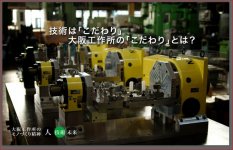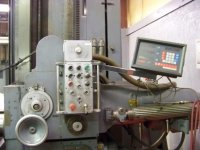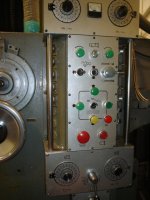The problem(?) with Devliegs is that they were fantastically well made, so most of them are still in pretty good shape. They have soft ways, so they can be rescraped to true them up. They mostly ran low volume parts, so they never had many hours put on them.
The result is a machine that is obsolete from a technical standpoint. But, there are plenty of used machines out there to satisfy the market needs. Additionally, it would be completely insane to try building brand new manual machines that are as expensive as a Devlieg was when it was new.
So, just like it's vertical cousin, the jig bore, it's obsolete and outdated technology that still comes in handy at times. Thus, you find plenty of shops with one or two running a few parts here and there.
Now the part where I take cover:
Running a Devlieg is a PITA in my opinion. The controls are all over the place. The quill travel and Z platten travel are too short. The machines are not very rigid and are pretty poor at milling.
In today's world of inexpensive, super accurate digital readouts, the Devlieg is just a luxury item. Pretty much any manual boring mill can now achieve Devlieg accuracy and be a hell of a lot easier to use. Something like a Wotan boring mill with all the controls on the side of the spindle would beat the pants off a Devlieg, and can actually do some milling.








